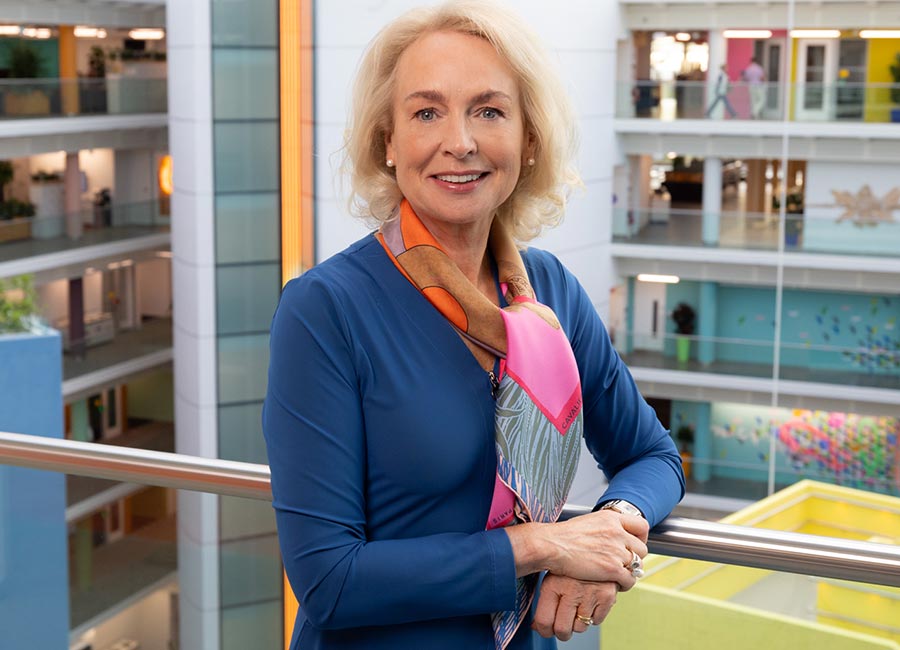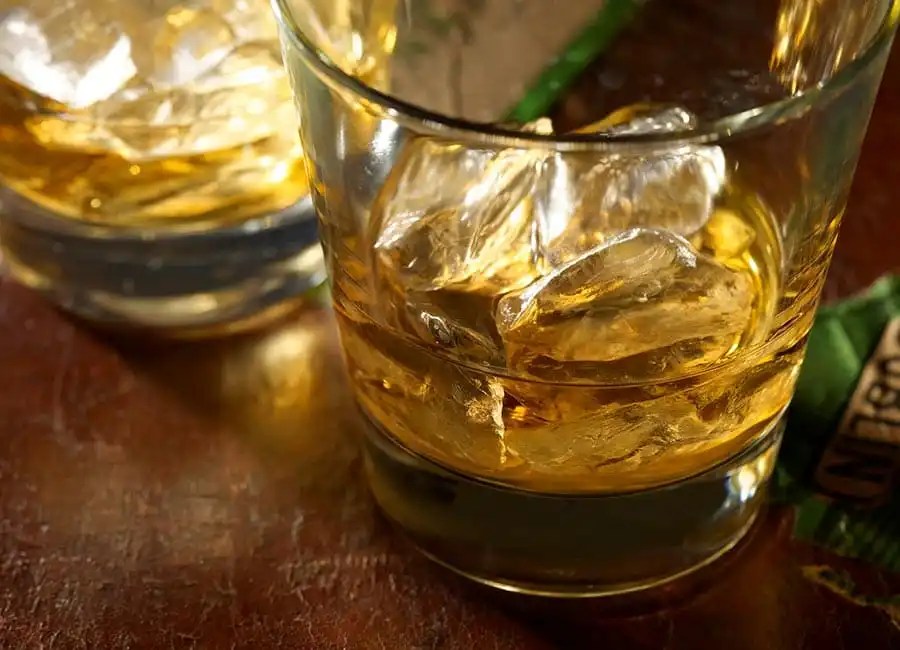Advertising agency Chemistry recently raised the white flag but Portobello creative agency Boys+Girls is thriving, writes Siobhán O’Connell
Creative advertising agency Boys+Girls emerged out of McConnells in 2009, when the latter ad agency was running into the sands. Unlike McConnells, Boys+Girls is a creative-only agency, and there would seem to good demand from brands for creatives with the right approach.
The operating company Daring Boys and Girls Ltd enjoyed a 25% increase in turnover in 2018 to €12.1m. The business operates on a gross margin of 47%, and there was €3.6m in remuneration to share among the 48 staff and five owner-directors.
Boys+Girls’ clients include Smithwick’s, Energia, Skoda, Dulux, Samsung, Ulster Bank and Three. For many of these clients, the agency executes a soft sell. The Ulster Bank commercial featuring a young couple and their sofa, and the Skoda ad with the yellow-vest lads and their coffees, spring to mind. The most visible campaign through 2019 has been promoting Three’s connectivity expertise through the telco’s work on the island of Arranmore off Donegal.
Three has spent a fortune on this campaign, which is such a soft sell as to be almost comatose. Still, the approach seems to be working. In Q2 2019, Three’s market share of total retail revenues for mobile operators was 32.9%, up from 32.0% a year earlier. Eir, which bangs on about price all the time, saw its market share decline from 18.2% to 17.6% in the same period.
According to Pat Stephenson (pictured), client services director and one of the agency founders, the Boys+Girls’ mantra is ‘entertain or die’. “The shift in how brands are thinking beyond the traditional parameters of advertising has begun,” Stephenson declares.
“Smart businesses recognise the power of creativity to have a measurable effect on their results. They see that the more entertaining the work the more it is remembered, the less money you have to spend forcing it down people’s throats. They understand the ‘smuggle’ - my information in exchange for your attention.”
Core Proposition
Stephenson describes the creative process as a mix of science and art. “At the start we look at all the possible data sources,” he explains. “Some of that will come from client sales data or their methodologies, and some of the data will relate to future trends research and consumer behaviour modelling. Then we distil all those information sources down to one core proposition.
“If you really know what your communications is supposed to do, then that's when the magic comes to bear. The creativity is how we interpret that proposition into something that's going to be engaging and memorable, and make people yearn for a product.
“The last piece is back to the science,” Stephenson adds. “When we put the advertising out there we need to make sure that it's working. We test and we learn, and we have to make sure that the advertising is actually benefiting our client’s bottom line.”
Stephenson acknowledges that hard sell advertising is important too. “The best advice is that you have a mix of 60% for long-term brand building and 40% short-term tactical ads. Think about it this way. Hard sell affects the rational left side of our brain, which we like to think dominates. Entertaining advertising engages with the emotional right side of the brain. It's the difference between wanting something and yearning for something, and there's massive profit potential in the yearning.”








